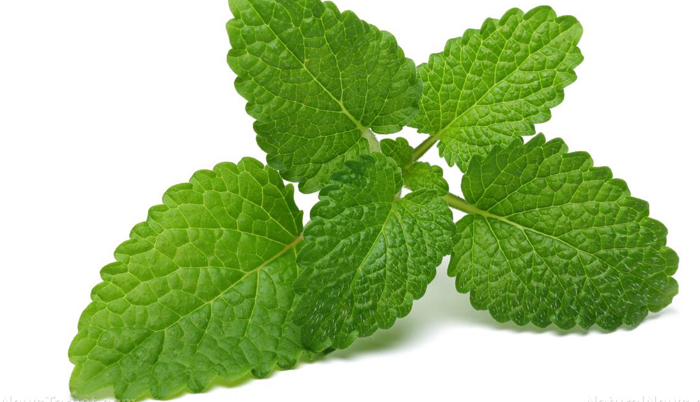![]() Home > Health
Home > Health
Scientific Study Reveals Mexican Mint Essential Oil Can Treat Antibiotic-Resistant Bacteria

News Target | Natural News
![]() March 26th, 2024 | 01:17 AM |
March 26th, 2024 | 01:17 AM | ![]() 413 views
413 views
NATURAL NEWS
Research has shown that the essential oil of Plectranthus amboinicus (PAEO), also known as Mexican mint, can potentially be used as an alternative treatment for certain antibiotic-resistant strains of bacteria. The study, published in BMC Complementary and Alternative Medicine, evaluated the effects of PAEO and its active ingredient carvacrol in Staphylococcus aureus in vitro.
To make PAEO, researchers collected the leaves and stem of P. amboinicus and extracted its essential oil using hydrodistillation. The resultant essential oil was then subjected to gas chromatography coupled to a mass spectrometer for a physicochemical analysis.
The team isolated S. aureus strains from food for the experiment. In particular, this research utilized S. aureus ATC 6538 to determine the antimicrobial and antibiofilm properties of both PAEO and carvacrol.
The antimicrobial susceptibility profile of all bacteria strains was tested using disk diffusion assays. Likewise, minimum inhibition – and bactericidal – concentrations (MIC and MBC, respectively) was determined using the microtiter-plate technique with crystal violet assay and counting viable cells in colony forming units (CFU).
The chemical analysis revealed that PAEO contained carvacrol (88.17 percent), as well as other terpenes.
Researchers found that S. aureus strains that were resistant to oxacillin and vancomycin (OVRSA) were sensitive to both PAEO and carvacrol. Results yielded an inhibition zone from 16–38 mm for PAEO and 23–48 mm for carvacrol. When OVRSA strains were exposed to carvacrol, researchers noted the lowest MIC and MBC values at 0.25 mg mL?1 and 0.5 mg mL?1, respectively.
Exposure to 0.5 mg mL?1 concentration of PAEO and carvacrol resulted in S. aureus biofilm having no viable cells.
The findings suggest that PAEO and its active ingredient carvacrol can be used to potentially treat planktonic forms and staphylococcal biofilm.
Source:
courtesy of NATURALNEWS
by Ralph Flores
If you have any stories or news that you would like to share with the global online community, please feel free to share it with us by contacting us directly at [email protected]